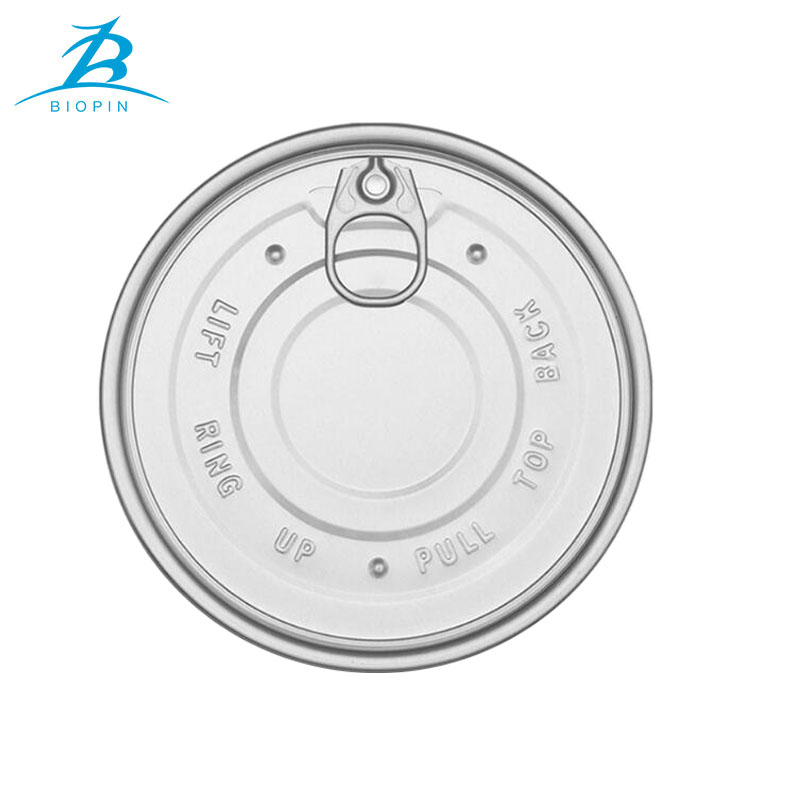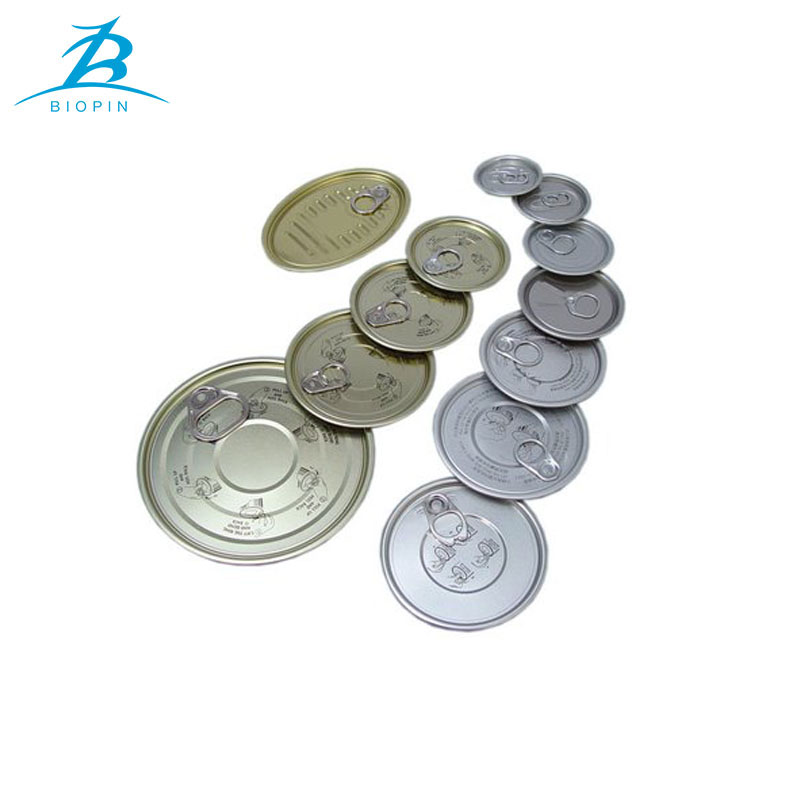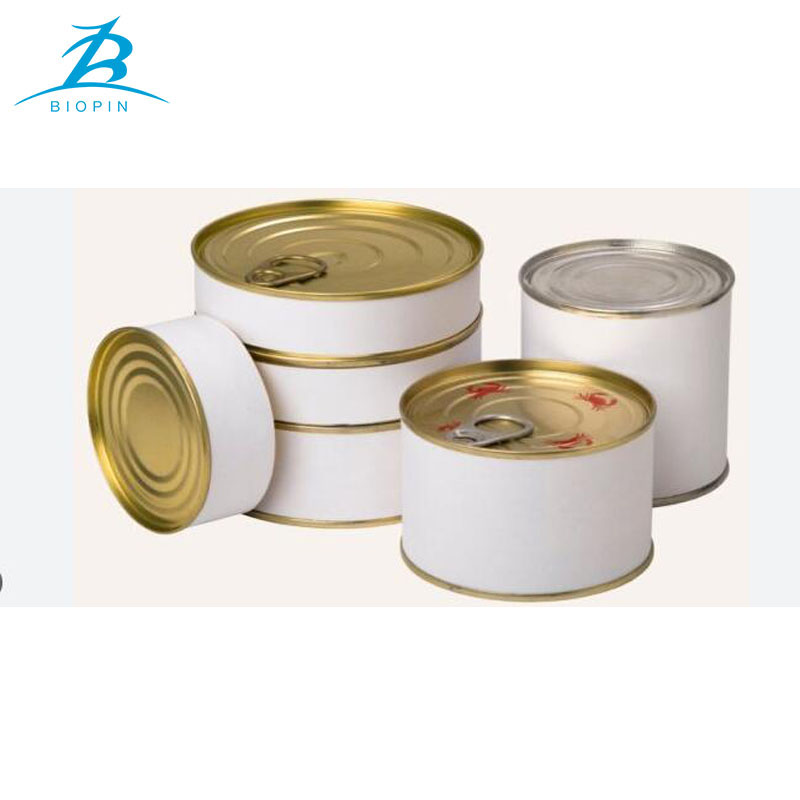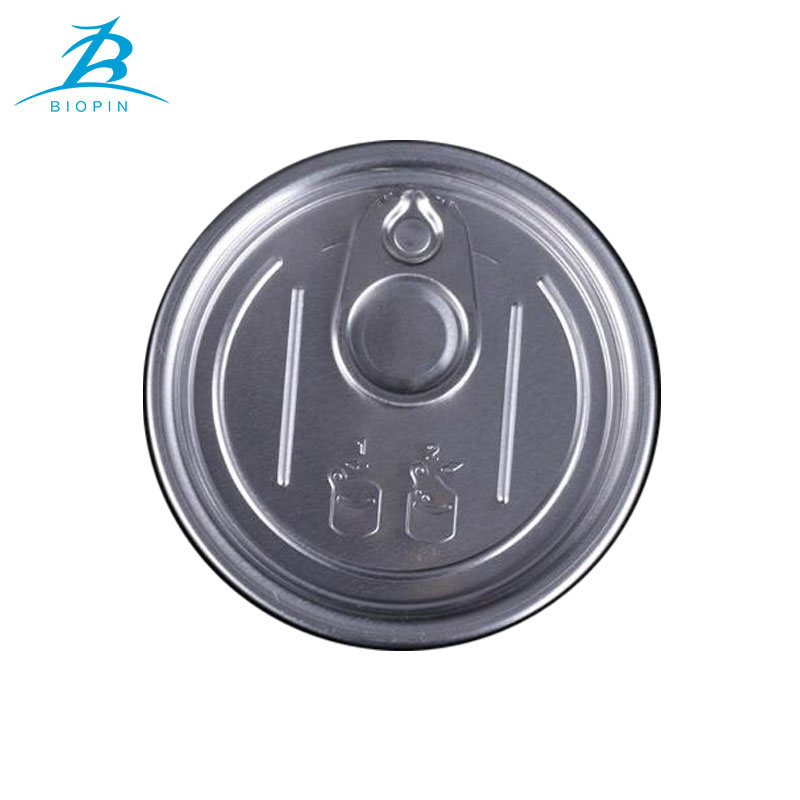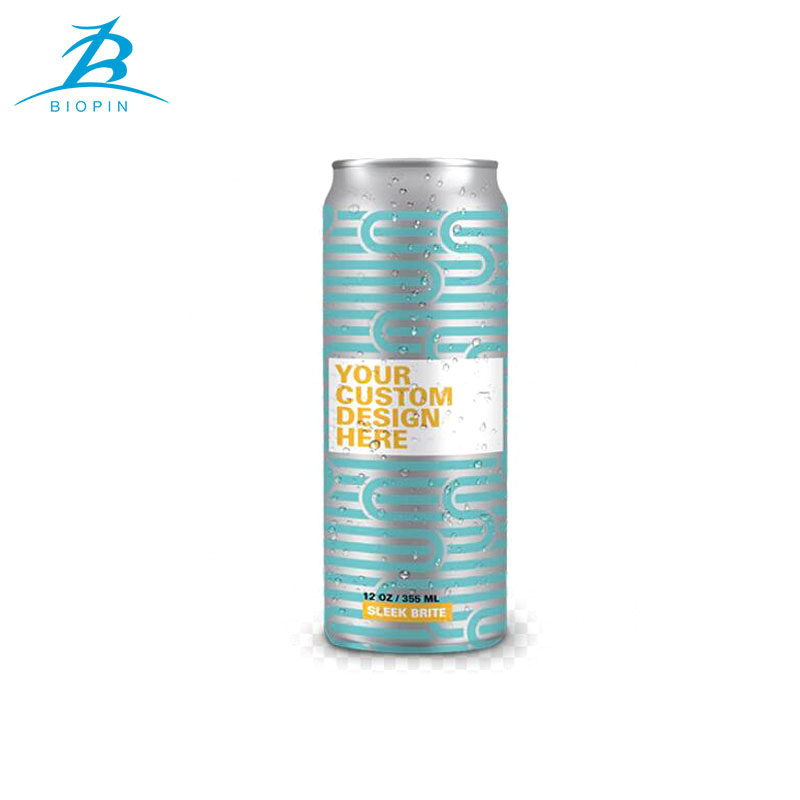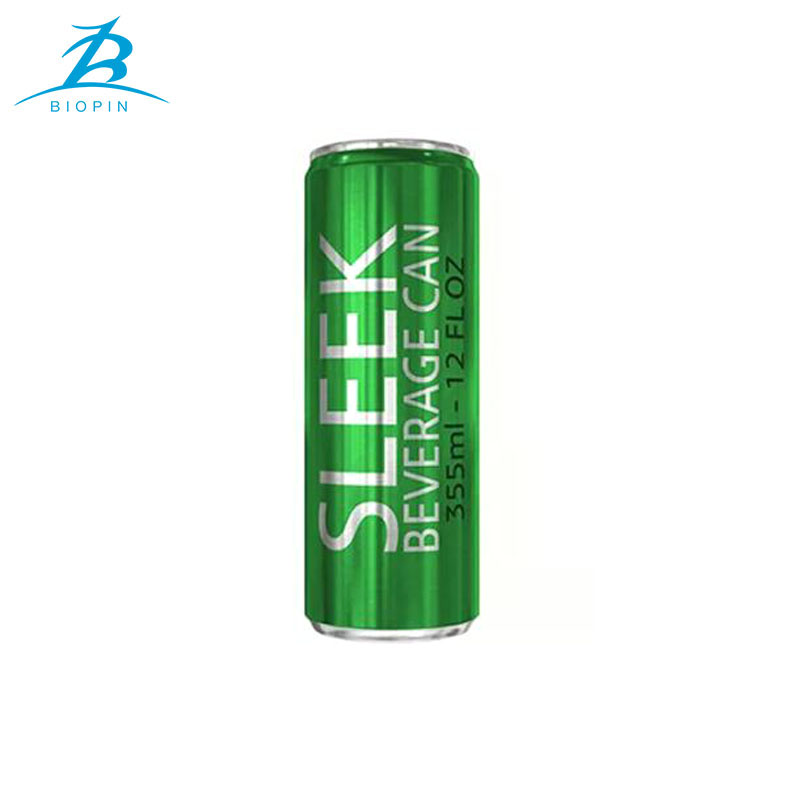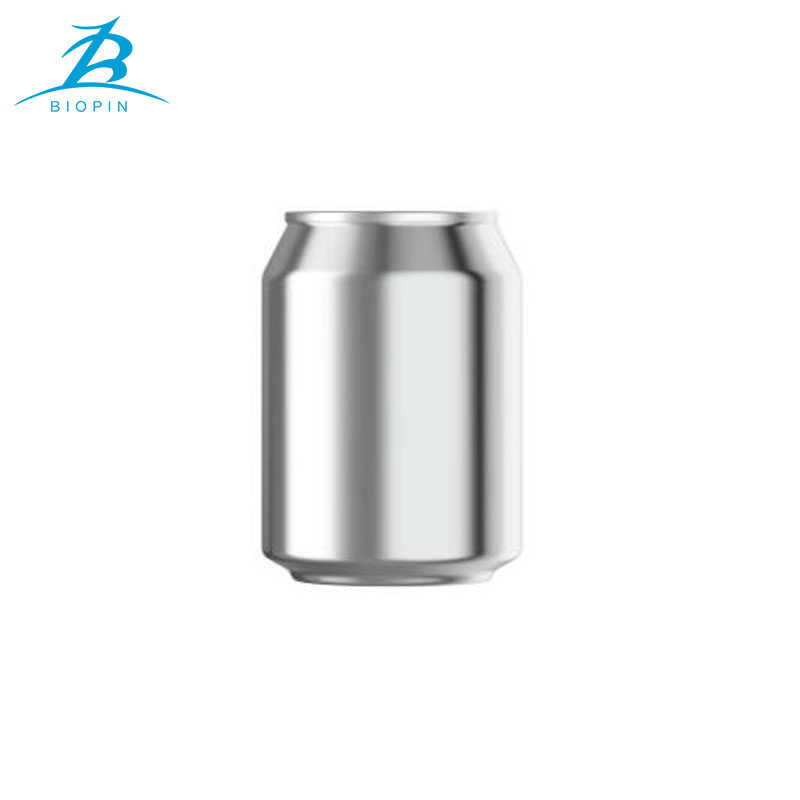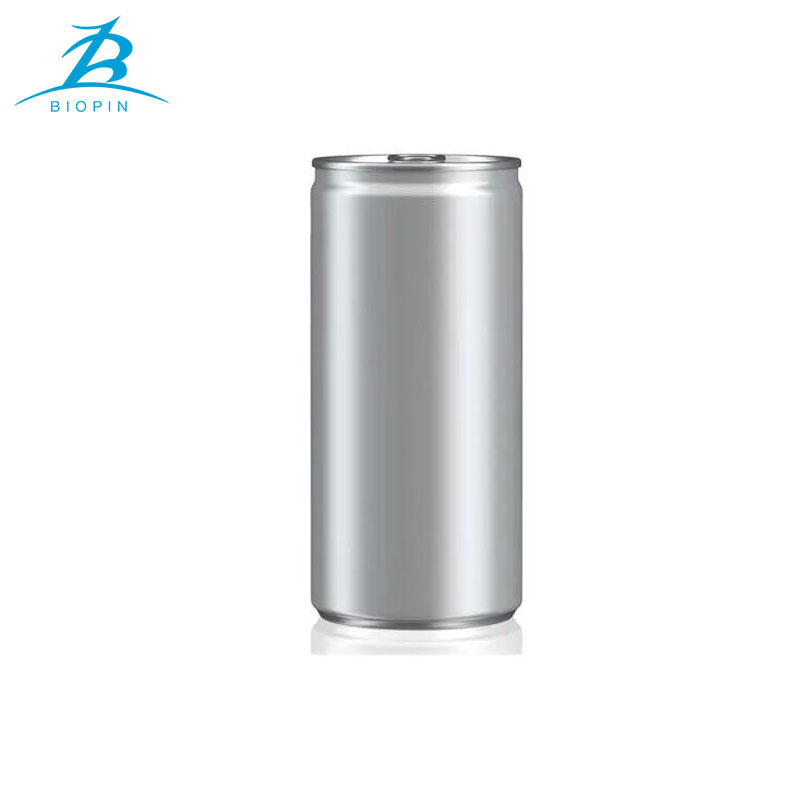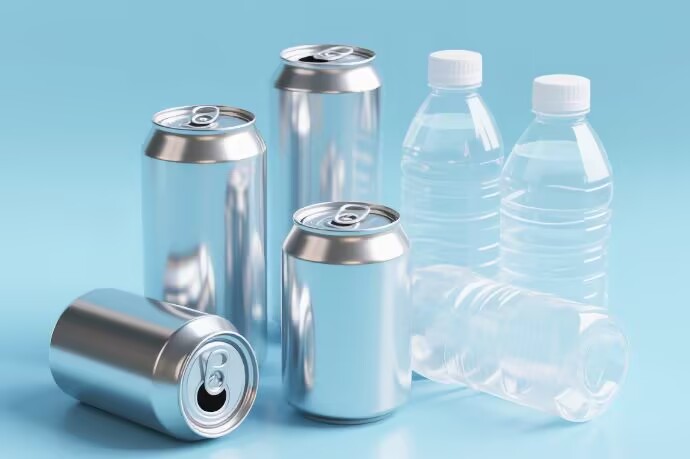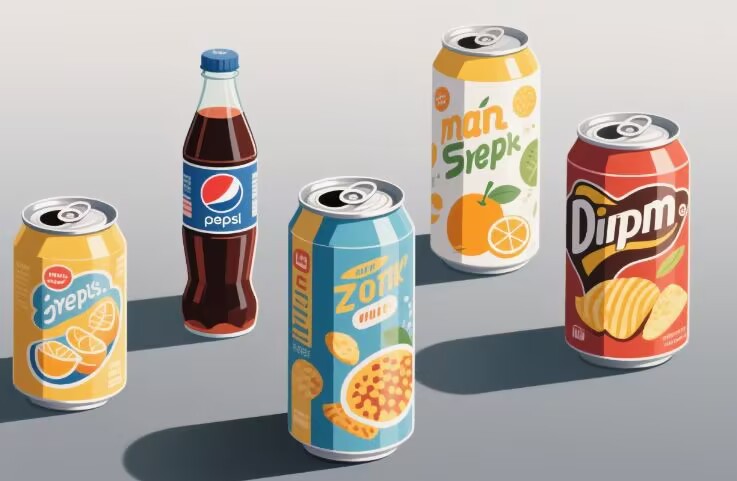Why Craft Brewers and Indie Brands Are Obsessed with Aluminum Cans
Aug 05, 2025
Craft breweries and independent beverage brands are ditching glass bottles for aluminum cans at a rapid pace—and it’s not just a trend. For small-batch creators, aluminum cans offer a unique set of advantages that align with their mission to deliver quality, connect with customers, and thrive in a competitive market.
First, freshness is non-negotiable for craft beers, where hop aromas, subtle flavors, and carbonation define the experience. Aluminum cans provide an airtight seal that blocks light and oxygen far better than glass, which can let in UV rays that degrade hops over time. This means a can of IPA stays bright and bitter from the brewery to your fridge, even if it sits on a shelf a little longer.
Then there’s flexibility in branding. Indie brands thrive on personality, and aluminum cans are a blank canvas for creativity. Unlike glass, which often limits design to labels, cans allow full-wrap printing, bold colors, and intricate artwork that tell a brand’s story at a glance. A small brewery in Portland can print their logo alongside local wildlife illustrations, while a startup hard seltzer brand uses neon gradients to stand out in a crowded cooler.
Portability is another hidden win. Craft fans love taking their favorite beers to picnics, hikes, or music festivals—settings where glass is often banned or impractical. Cans are lightweight, stackable, and shatterproof, making them the ultimate companion for on-the-go enjoyment. This accessibility helps indie brands reach customers beyond traditional taprooms or bottle shops.
Finally, cost efficiency keeps small businesses sustainable. Cans are cheaper to produce, ship, and store than glass bottles, especially for limited runs. They’re lighter, reducing transportation emissions, and require less packaging material, which lowers overhead. For brands operating on tight budgets, these savings mean more resources to invest in ingredients or innovation.
In the world of craft beverages, aluminum cans aren’t just containers—they’re tools that help brands protect their vision, connect with fans, and grow. It’s no wonder they’ve become an obsession.
